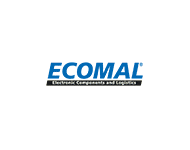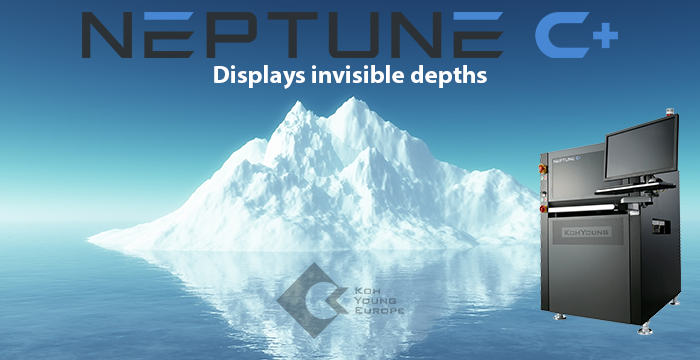
© begemot 30 dreamstime.com
Analysis |
Prices of mainstream SSDs jump 10% sequentially
DRAMeXchange reports that client-grade SSDs of mainstream capacities continue to see rising contract prices in the PC-OEM market during this first quarter.
On average, contract prices of MLC-based client-grade SSDs are projected to go up by 12~16 percent compared with the fourth quarter of last year, while prices of TLC-based products are expected to increase by 10~16 percent sequentially. Looking ahead to the second quarter, end device sales are anticipated to be relatively flat. Furthermore, PC-OEMs are reaching their limits on SSD costs. While the average prices of mainstream client-grade SSDs will keep climbing, the increase in the second quarter will likely be more moderate.
“Average contract prices of client-grade SSDs in the PC-OEM market are rising this first quarter because not only PC clients are aggressively stocking up their inventories, smartphone clients are also maintaining strong demand for storage components,” said Alan Chen, senior research manager of DRAMeXchange. “At the same time, the industry-wide transition to 3D-NAND and 2D-NAND TLC production has sharply reduced the supply of Flash memory of the 2D-NAND MLC type. Thus, the price increase of MLC-based SSDs is outpacing that of TLC-based SSDs.”
Chen also pointed out that SSDs are increasingly preferred by consumers due to having faster read/write speed than HDDs, so PC-OEMs will keep up their SSD purchases despite tight supply for NAND Flash and SSDs. In the global notebook market, the SSD adoption rate is estimated to arrive at 45 percent this year. Additionally, the growth in the notebook SSD adoption will be higher in the consumer-class notebook segment than the business-class segment. On the other hand, the tight NAND Flash supply and sharp price hikes for SSDs will likely discourage PC-OEMs from raising storage capacity. Therefore, the storage specifications for mainstream PC-OEM SSDs are expected to remain in the 128GB and 256GB options.”
Shipments of client-grade SSDs to drop by 7~8 percent sequentially this first quarter
DRAMeXchange finds that the SSD adoption rate in the notebook market for the fourth quarter of 2016 was around 35~36 percent. Total worldwide client-grade SSD shipments, which included OEM and channel products for notebooks and desktops, came to 33.2 million units for the same period, up slightly by 2~3 percent from last year’s third quarter.
For the first quarter of 2017, shipments of client-grade SSDs are projected to suffer a sequential drop of 7~8 percent owing to the continuing undersupply in the NAND Flash market. SSD shipments will be severely constrained in the near term as prices of TLC NAND Flash continue to be in an upswing and memory module makers lack chips in stock.
Global shipment share of client-grade SSDs using TLC NAND Flash to surpass 75 percent in 2017
A survey of products released by branded SSD vendors shows that Western Digital/SanDisk, Liteon, SK Hynix, Toshiba, Micron and Intel are already mass producing and shipping 2D- or 3D-NAND TLC products. Shipment share of 2D-NAND MLC SSDs on the other hand is declining rapidly, and the sales of these products are mainly directed towards consumers that want high-end SSDs with the PCIe interface.
Looking at the 3D-NAND SSD segment, Samsung is still the leader as the company have shipped products based on its V3 (48-layer) solution since the fourth quarter of 2016. Micron and Intel, which are working together on 3D-NAND products, also started to ship their 3D-NAND SSDs in the fourth quarter of last year, albeit in smaller volumes. Other competitors are going to reveal their respective 3D-NAND SSDs in the first half of 2017 and begin shipments in the second half of the year.
DRAMeXchange anticipates that the global shipment share of client-grade SSDs using TLC Flash will exceed 75 percent by in 2017. Moreover, 3D-NAND TLC is expected to become the mainstream Flash solution for TLC-based SSDs shipped this year. As for the 2D-NAND MLC and the 3D-NAND MLC designs, they are not cost competitive and their chips are short in supply. Therefore, 2D- or 3D-NAND MLC will be used mainly for high-end SSD lines.
With regard to interface technologies for client-grade SSDs, the adoption of PCIe by PC-OEMs (excluding Apple) will steadily increase. Intel has improved PCIe support for its CPU platforms and the number of suppliers for this interface has also grown. Additionally, SSD controller chip suppliers are also releasing more economical solutions for PCIe products. Demand for PCIe SSDs is therefore expected to be higher in the second half of 2017 than in the year’s first half. Nonetheless, a majority share of the demand in the channel market will still go to products using SATA III this year. DRAMeXchange expects the penetration rate of PCIe in the client-SSD market to reach around 25% in 2017, with PCIe 3.0 as the market share leader for this interface type. SATA III, however, will remain as the mainstream interface in the client-grade SSD market as a whole.
-----
More can be found on Trendforce's website.






